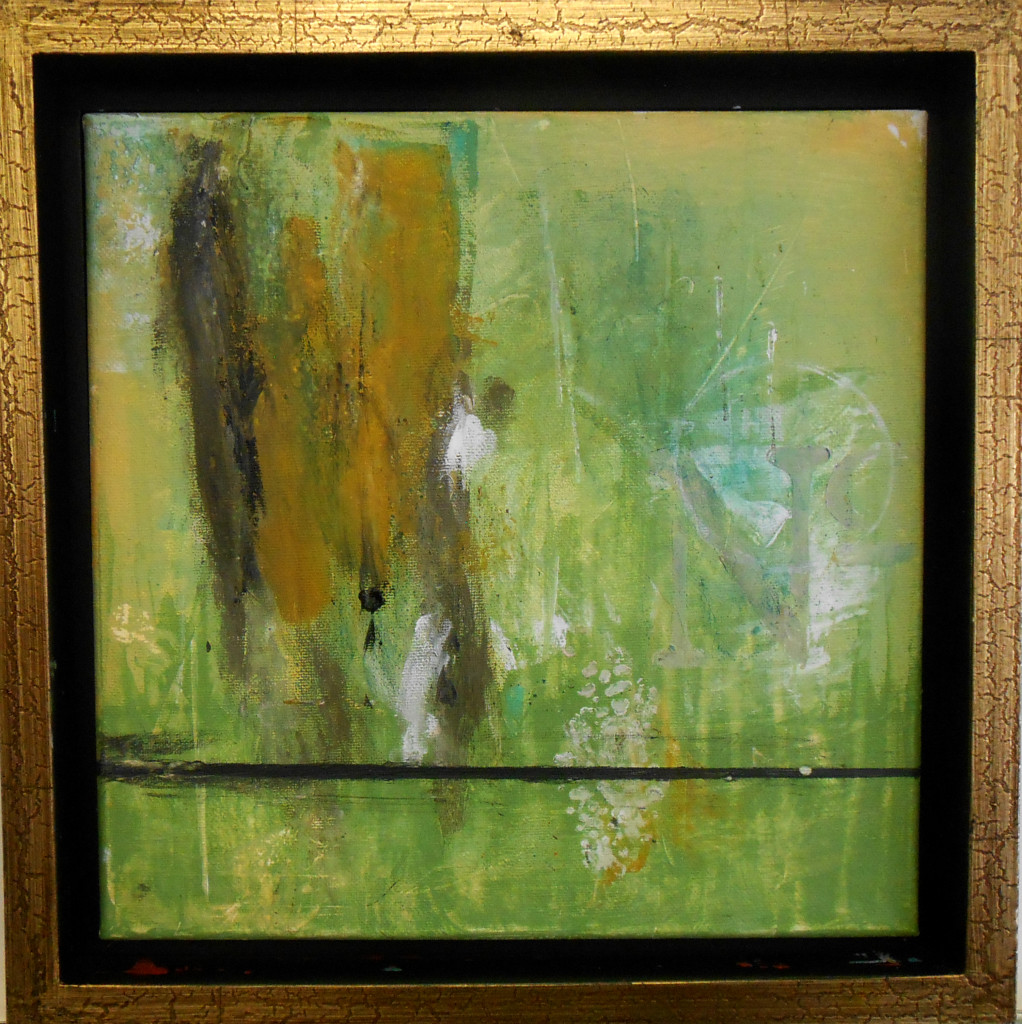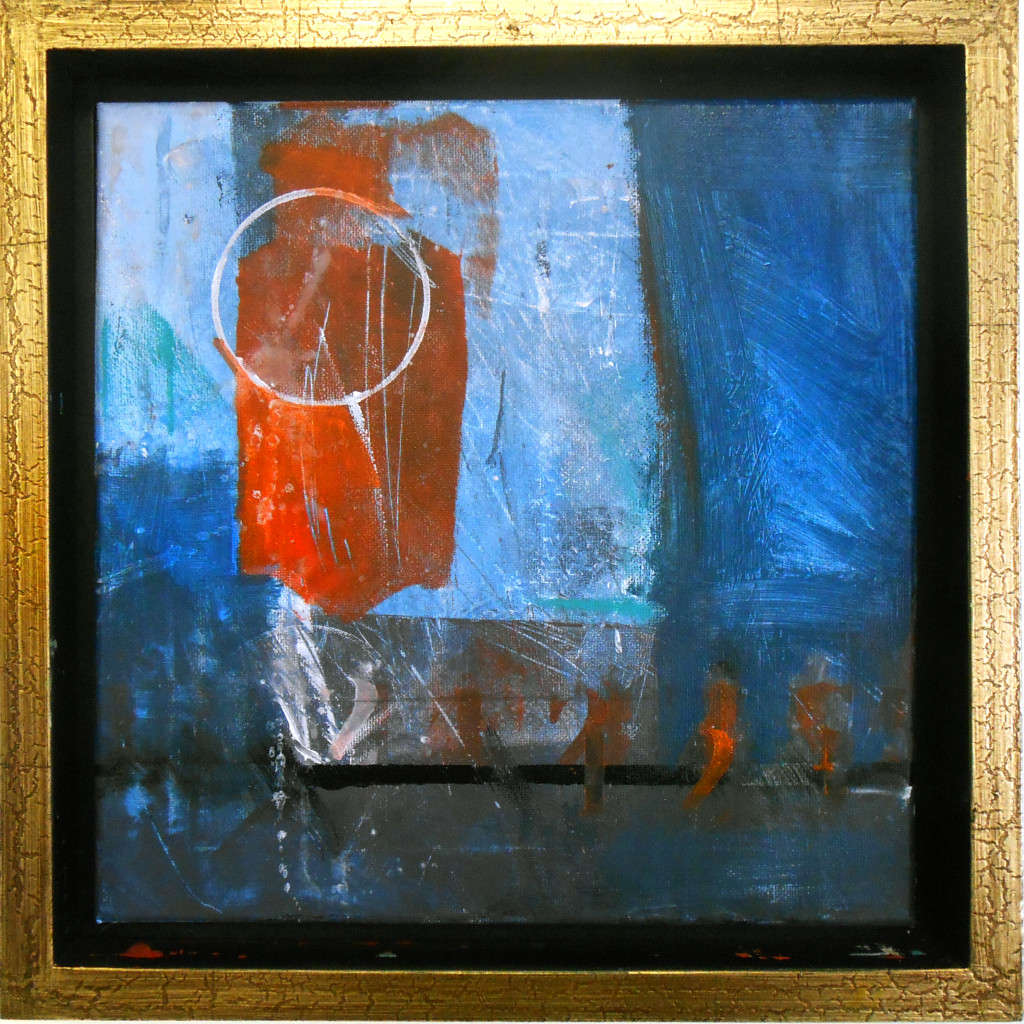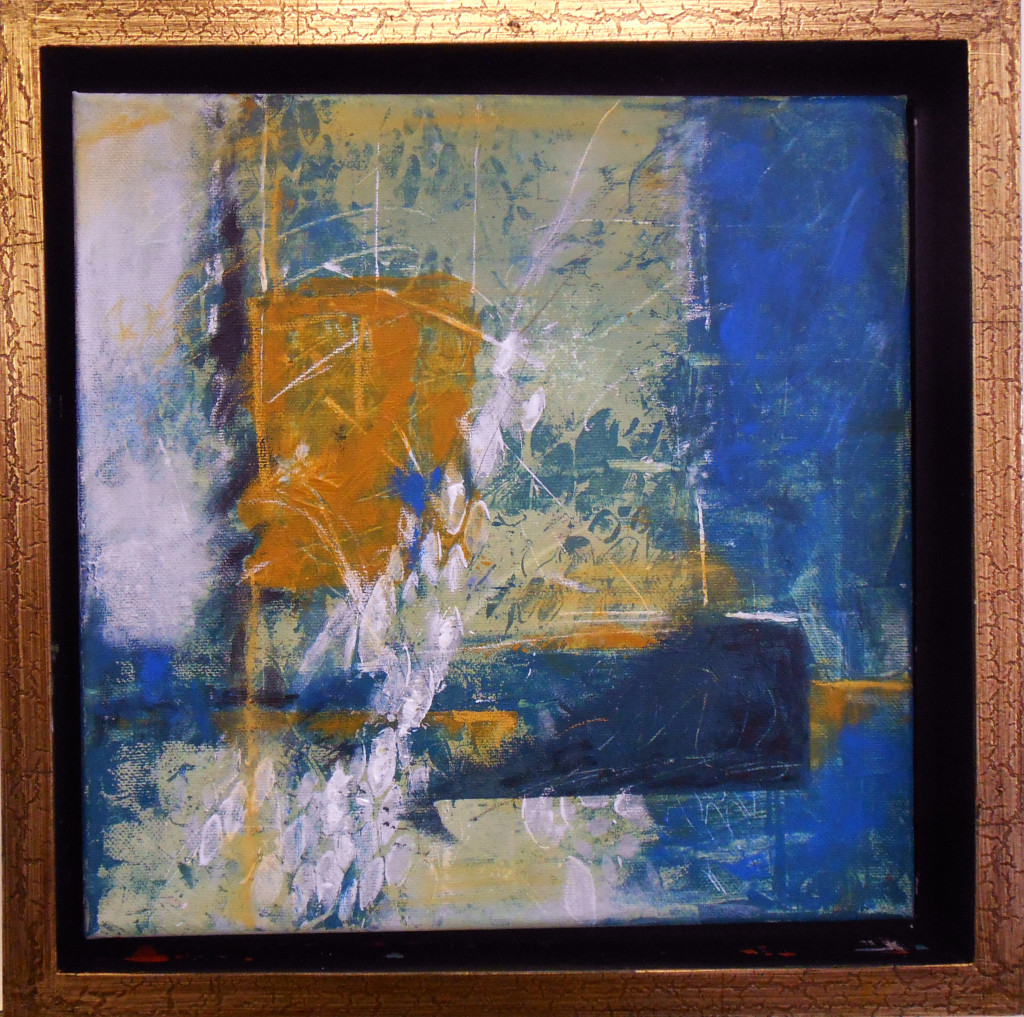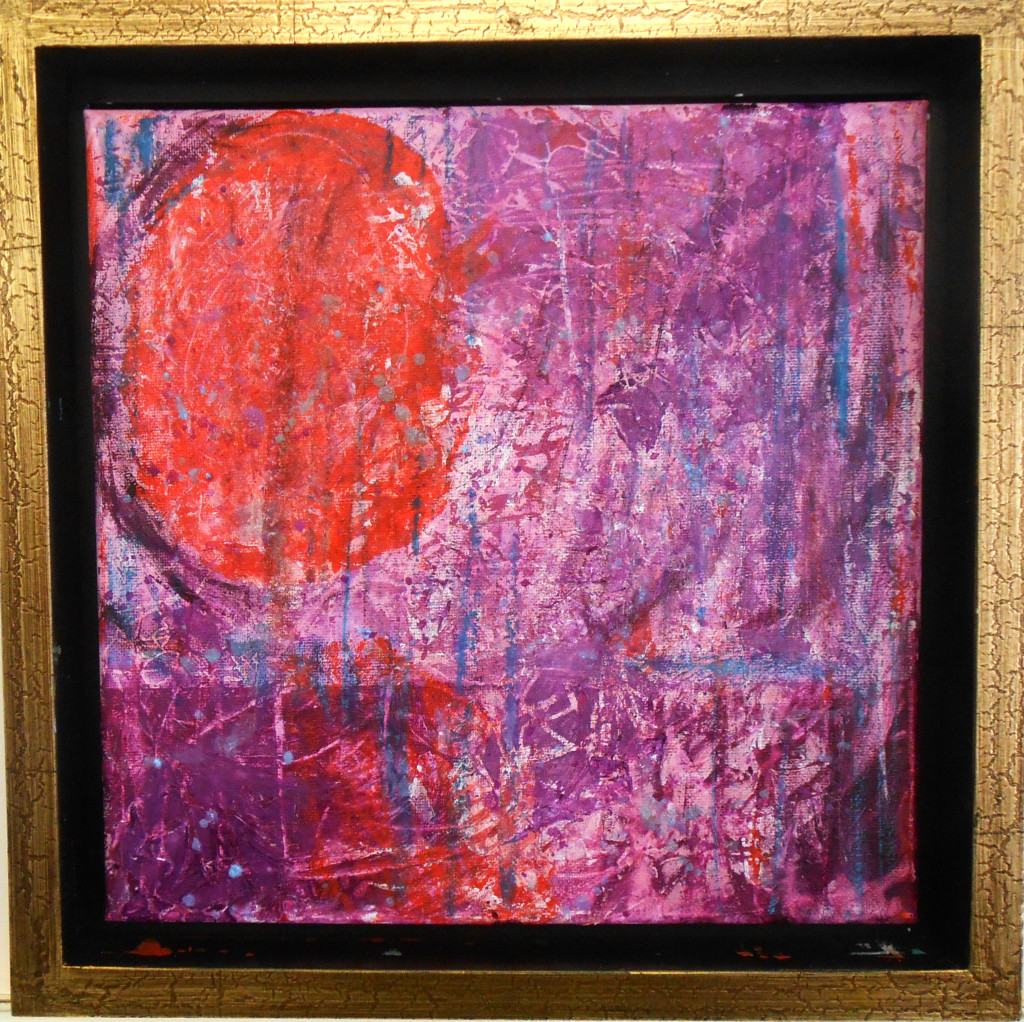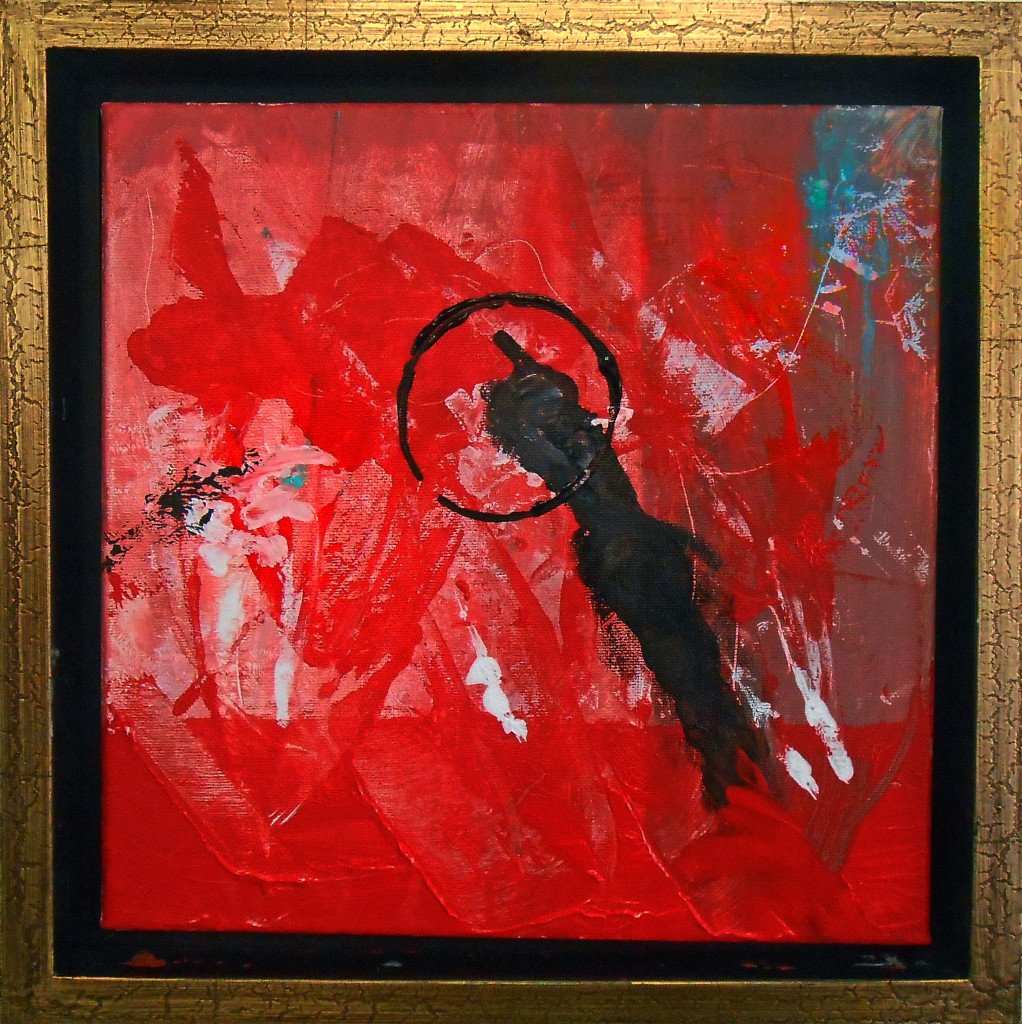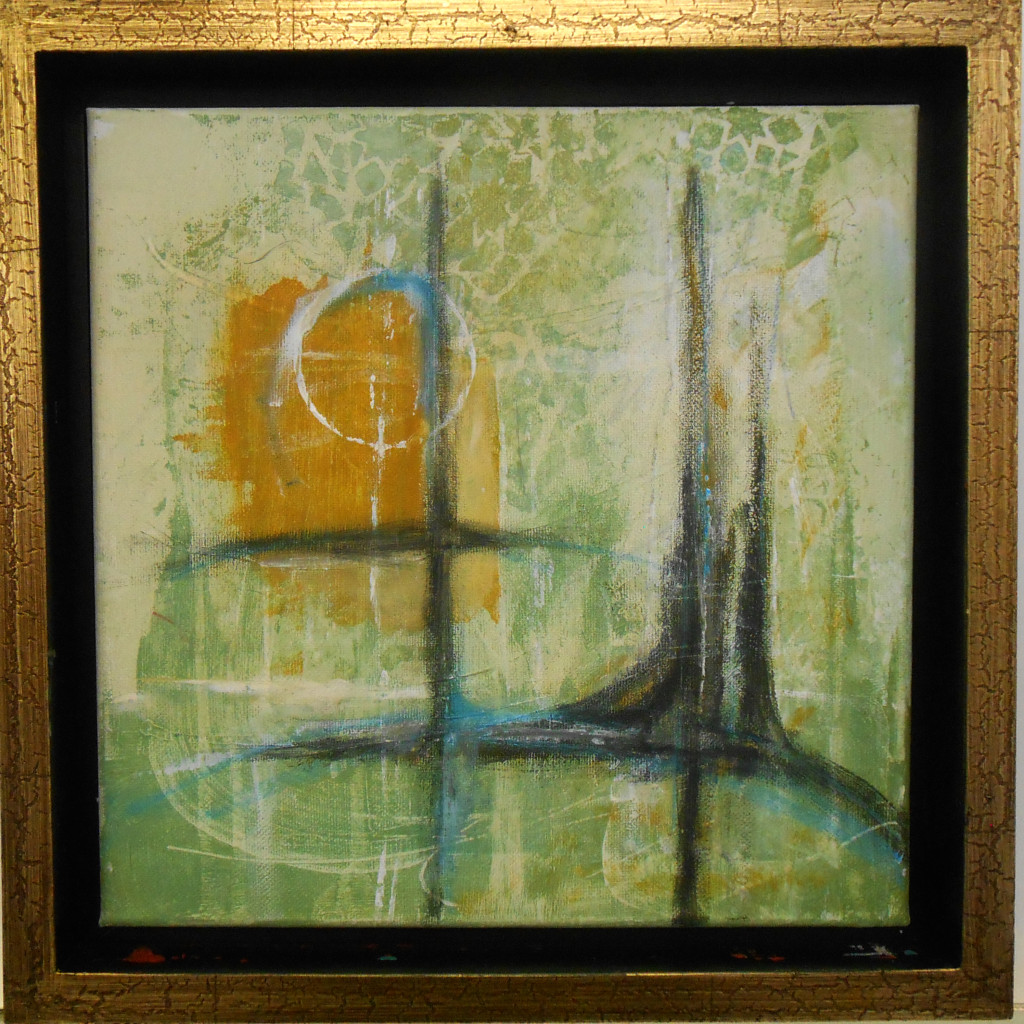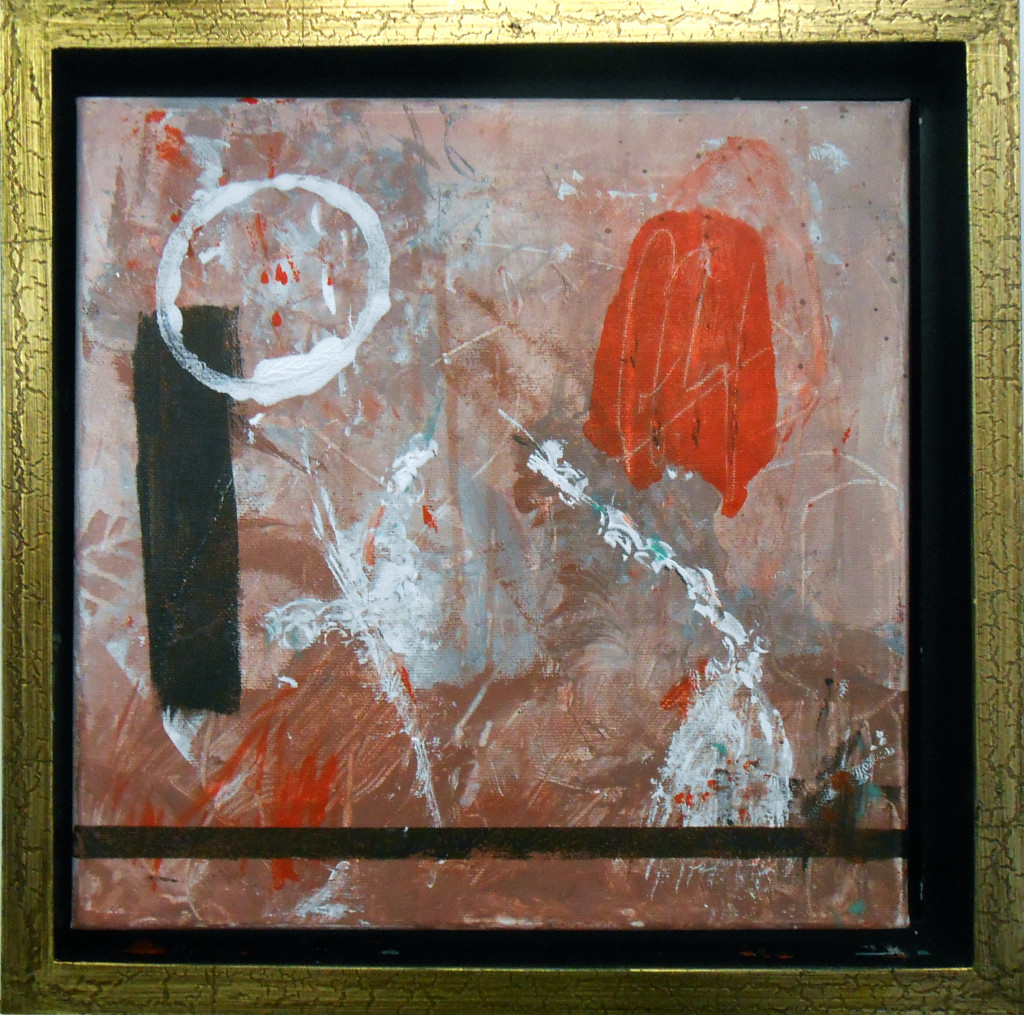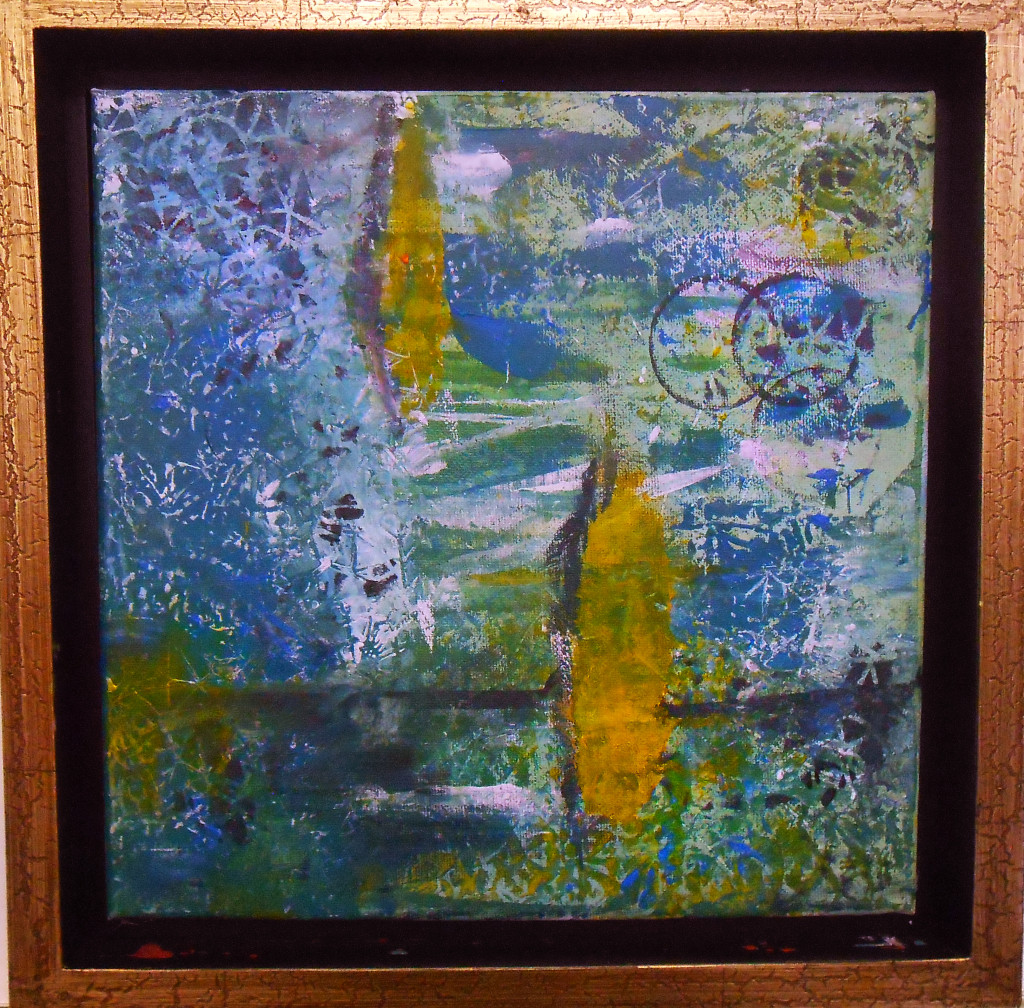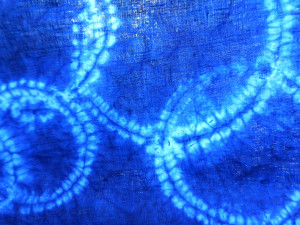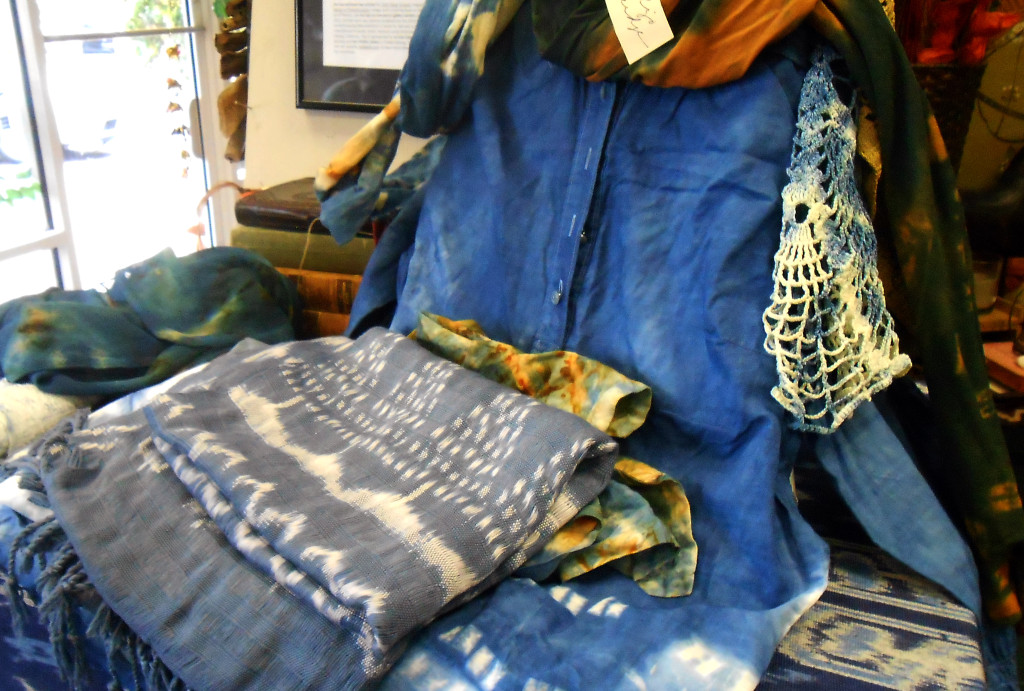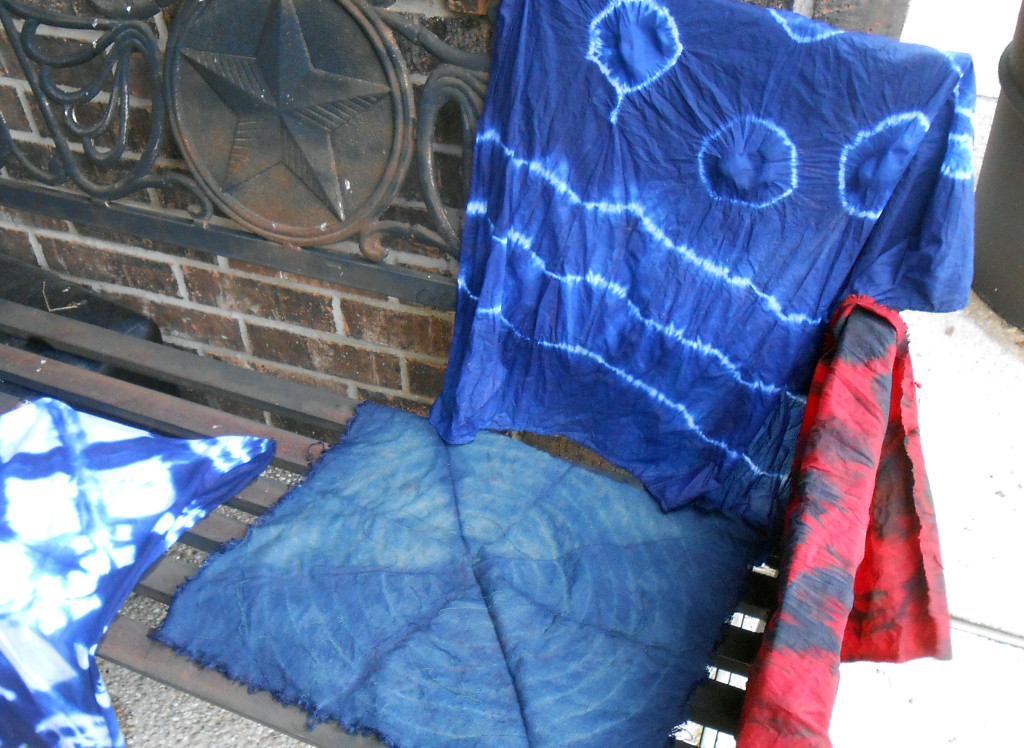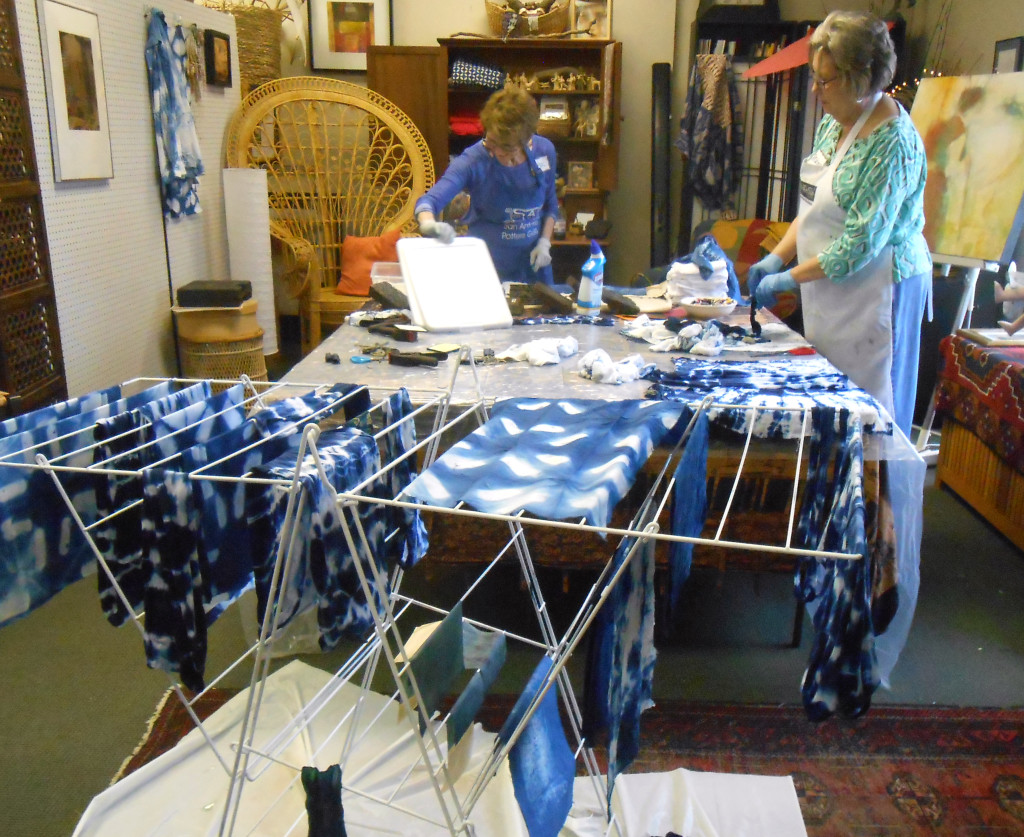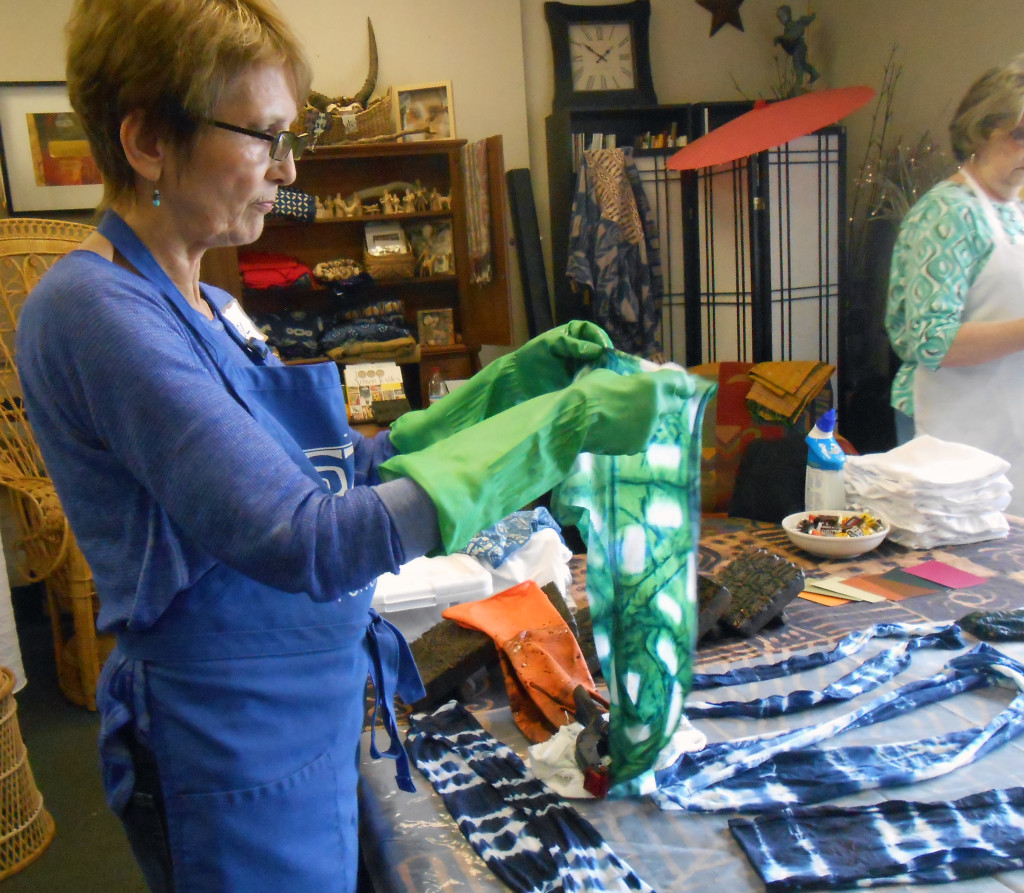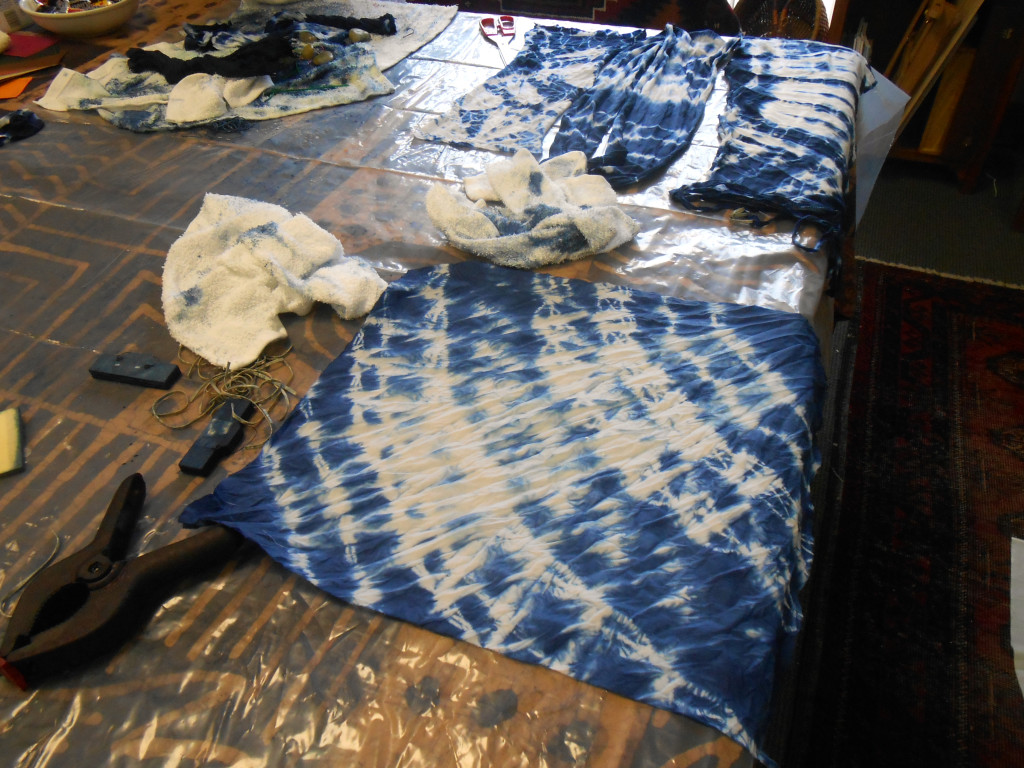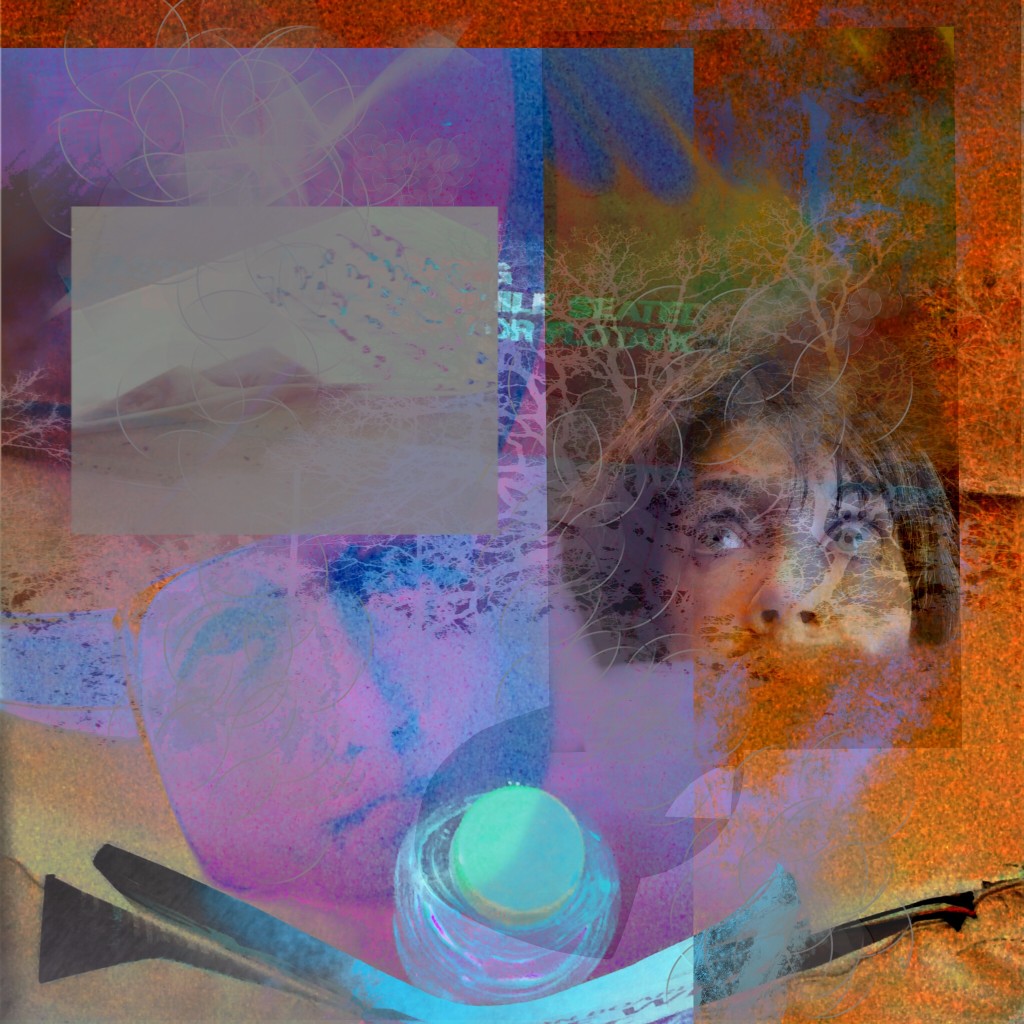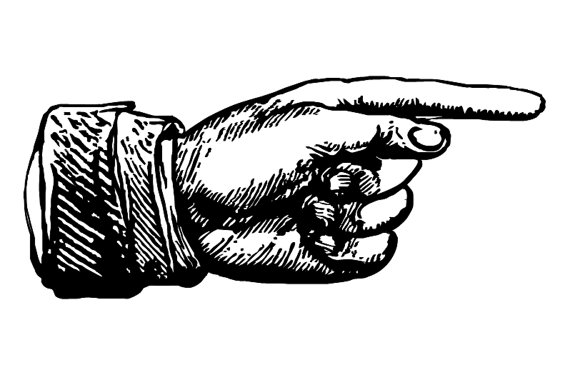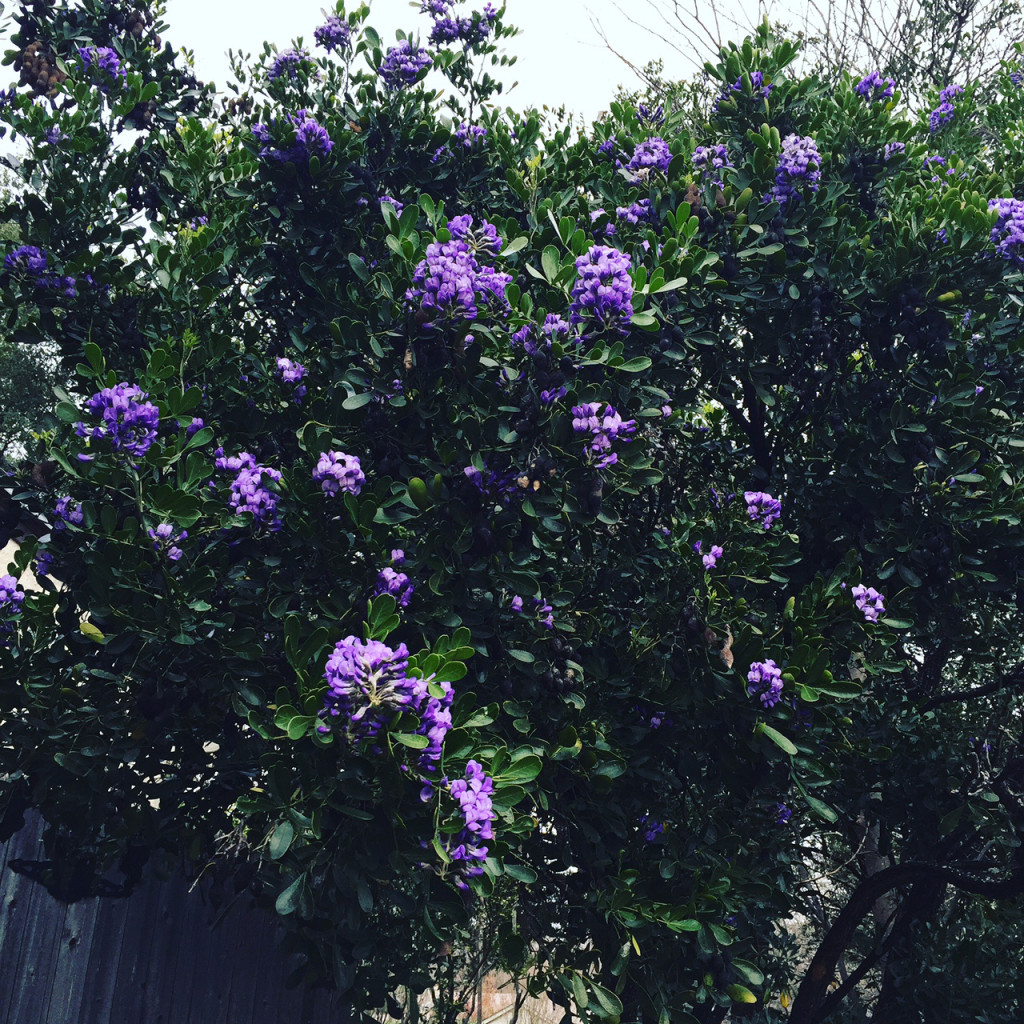I absolutely love showing off my students’ work, and this weekend I had two workshop opportunities to give a round of high fives!
Saturday, the talented Karen McCauley, artist and teacher at the Coppini Academy, brought her group over to the studio for three hours of encaustic collage exploration. Here are some of the details of their work – notice the depth and texture that the beeswax layers produce. (Remember, if you can’t see the photo gallery, click on the top of this post to take you to the original site)
Lots of people ask me about the foil that produces those fine gold lines – encaustic artists call it “Book Foil.” I learned about it from Michelle Belto. You can order it under other names, including this one from Amazon. Just remember, it takes a few layers of wax to make it stick to the surface of your work.
On Sunday, I taught an acrylic painting workshop inspired by some of the techniques I learned with Jane Davies at our Big Fat Art Weekend – line, shape, texture pattern, layering (thanks, Jane!).
This was not an easy workshop to grasp, particularly for beginning painters who had just three hours to practice the process. but they did it! The abstract acrylic studies they produced are beautifully symbolic and richly constructed over layers of marks and color history. Take a look!
- Gillian Carr
- Tom Schall
- Gail White
- Mary Beth Swofford
- Mary James
- Alice Kasper
- Rosemary Uchniat
I am convinced that there is some sort of magic synergy that takes place at the Studio when a group gathers for a three-hour workshop. The students never fail to amaze me – and themselves – with their insightful artwork. They help make Lyn Belisle Studio a true place of creative belonging, and, dang, am I grateful! Good work, everyone – what a winner of a weekend!

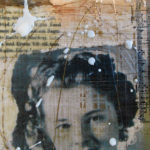
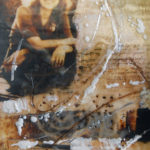
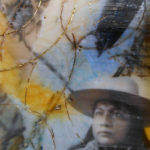
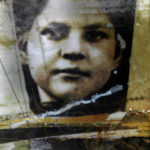
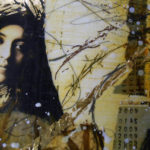

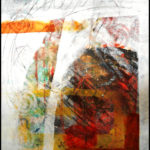
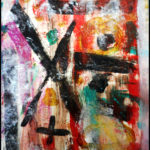
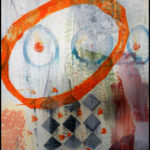
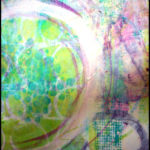
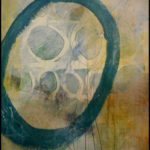
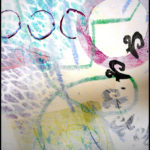
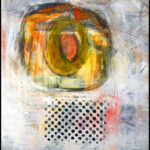
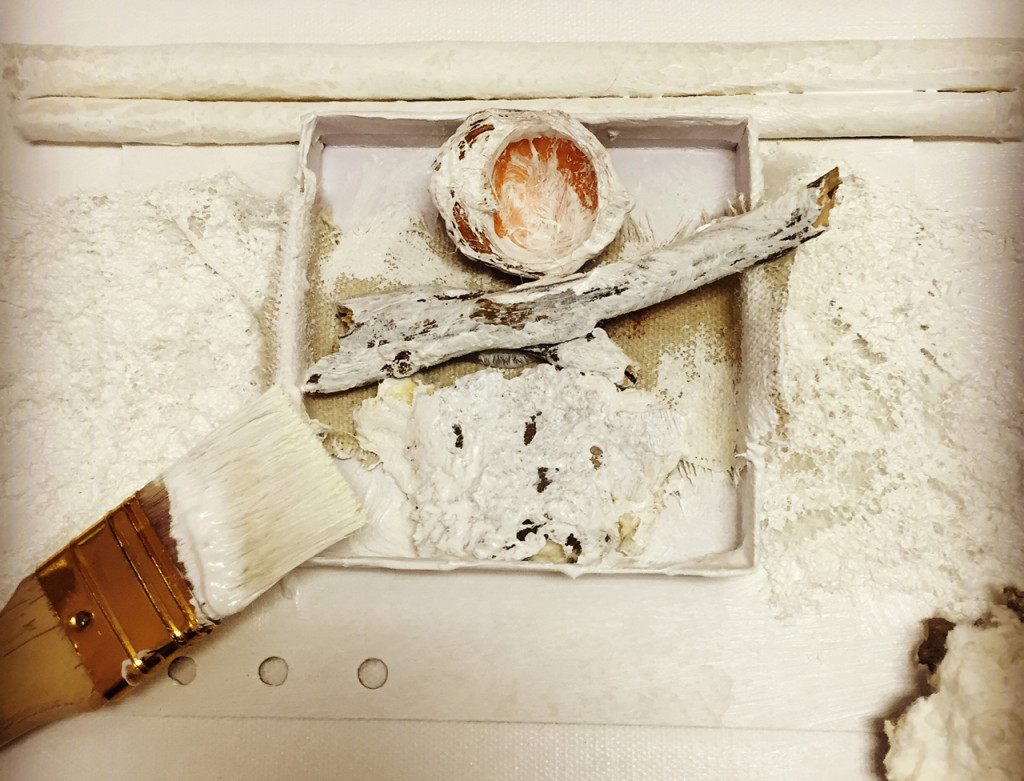 Offering a new workshop is a risk, both for the teacher and the students who are the first “test drivers.” That was the case with the Wednesday
Offering a new workshop is a risk, both for the teacher and the students who are the first “test drivers.” That was the case with the Wednesday 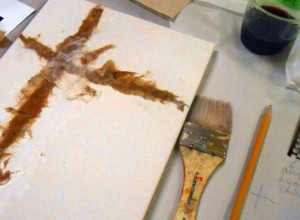 I started the session by demonstrating how to draw a visual classic cruciform framework with pencil lines on a 9×12″ canvas. Then we built thin layers of torn paper across that flat framework. I showed several techniques using both created and found textures, and combined these with mark-making through wet paint.
I started the session by demonstrating how to draw a visual classic cruciform framework with pencil lines on a 9×12″ canvas. Then we built thin layers of torn paper across that flat framework. I showed several techniques using both created and found textures, and combined these with mark-making through wet paint.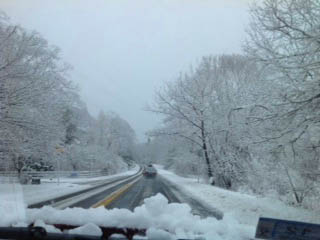
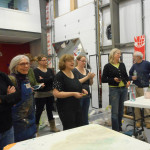

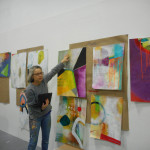
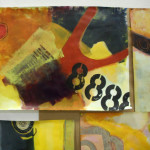
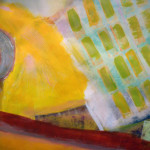
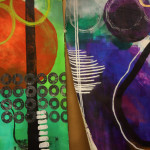

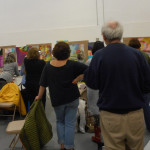
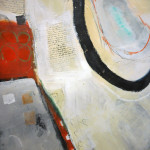

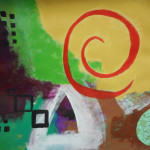
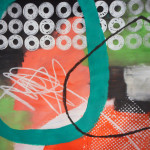

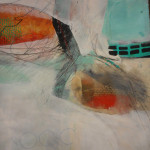
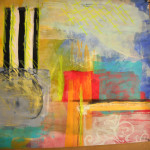

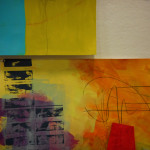
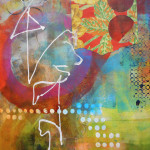
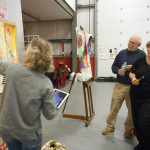
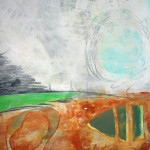
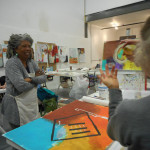

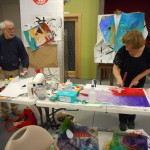
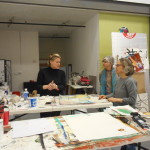
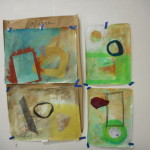

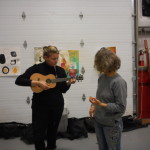
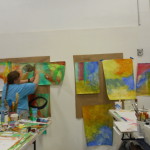
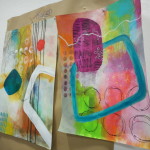

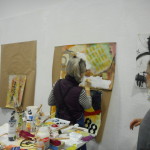
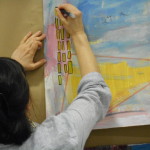
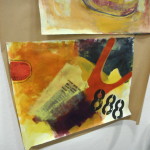
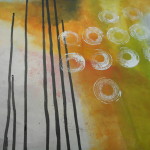
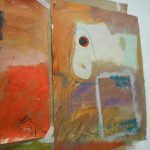
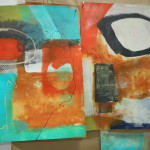
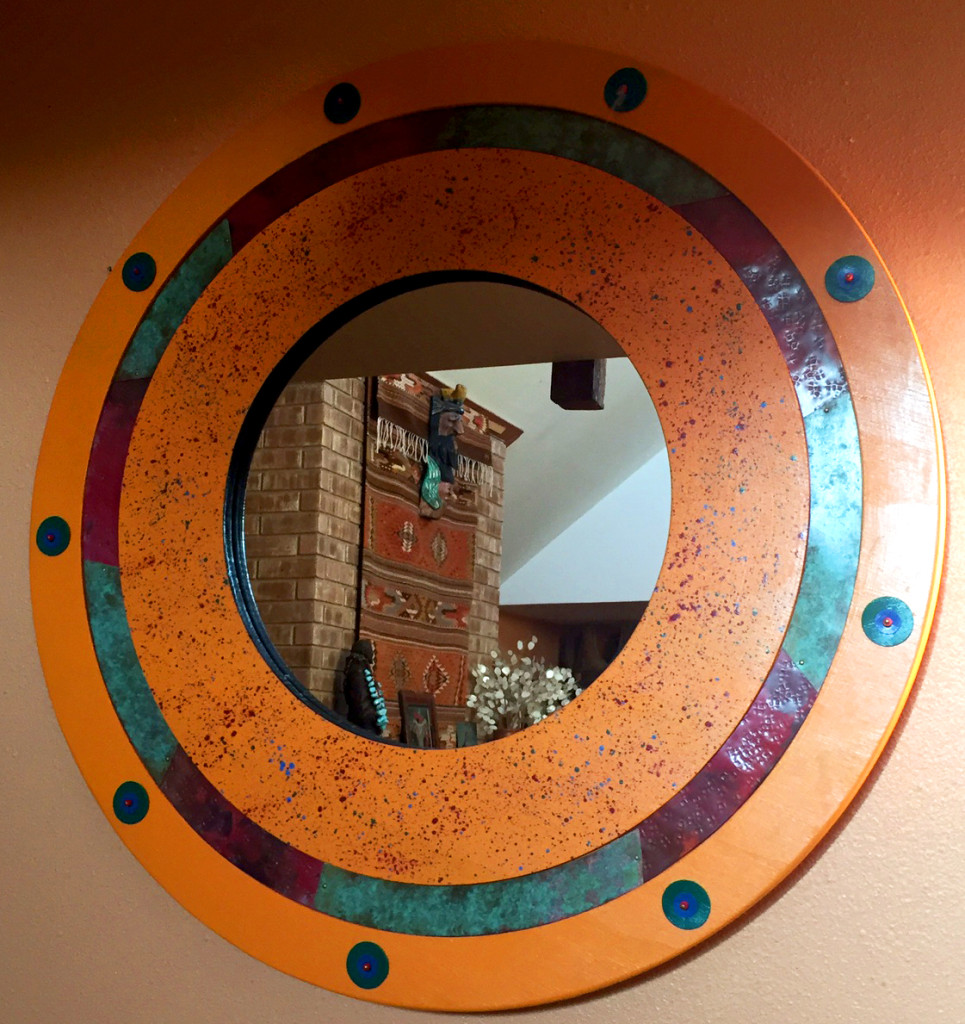
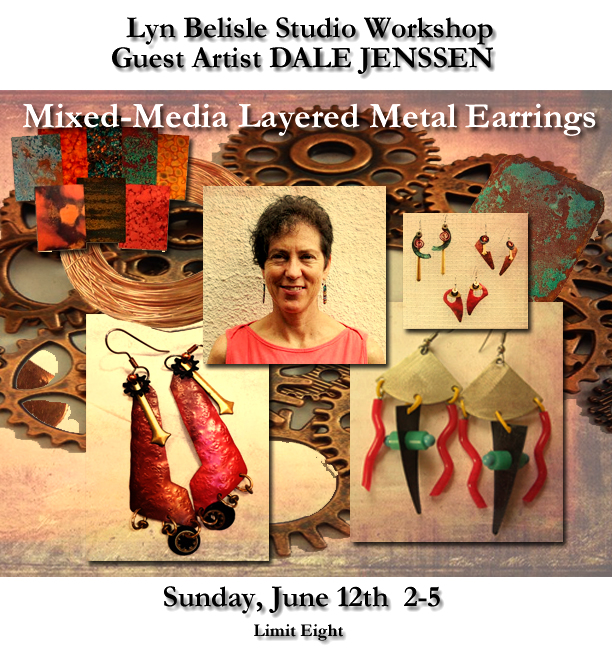



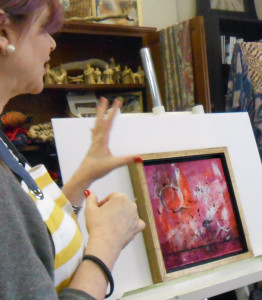 Now – – on to ARTFUL ABSTRACTION.
Now – – on to ARTFUL ABSTRACTION. 